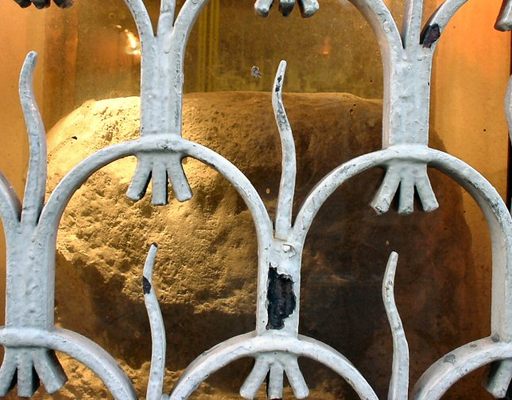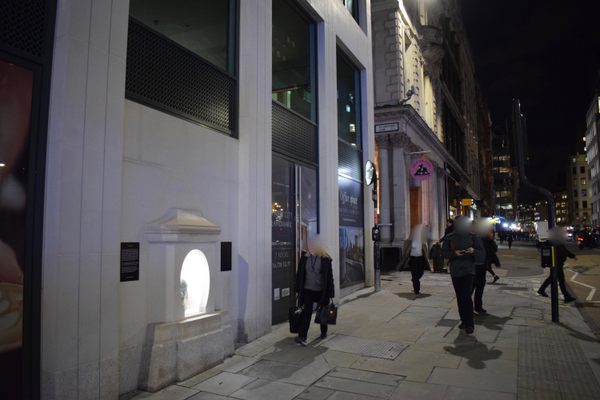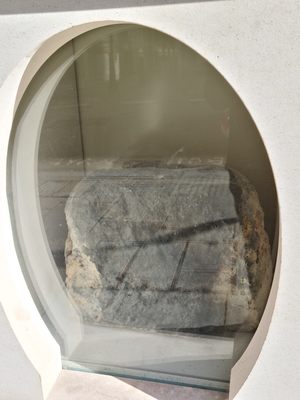About
London Stone is a historic artifact housed behind a glass panel in Cannon Street (previously visible behind an iron grill until 2018), stirring up all kinds of mystique and intrigue – and rightly so. It has survived the Great Fire of 1666, the bombing raids of The Blitz of WW II, and more recently the high-rise developments in the surrounding area.
The stone is a block of limestone and is of a sort that is not naturally found in or around the London area. Geologists have concluded that the nearest source for its origin would be in Kent, which is 60 miles away. It is estimated to weigh 76kgs, or nearly 168 pounds.
The original reason it was brought to London is unknown. The earliest written reference to the London Stone is in a book belonging to King Athelstan in the early 10th century. It was used as a common transportation landmark in the 12th century when it was referred to as the Londenstane.
Texts from the 17th and 18th centuries suggest that it was actually a central marker from which all distances to related cities or townships were measured back in Roman times.
The London Stone is sometimes called the Stone of Brutus, referring to the mythical Trojan founder of London. Popular tales include the stone being the remains of an ancient stone circle that is alleged to have stood on nearby Ludgate Hill. In other legends, it was associated with the mythical King Arthur, as so many ancient objects tend to be in England.
Although there are no references that suggest that the stone had any symbolic authority, in 1450 Jake Cade, leader of a rebellion against Henry VI, struck his sword against it and declared himself "Lord of the City." The event was dramatized in Shakespeare’s play Henry VI.
In the 15th century, the stone was commonplace for meetings, the taking of oaths, and the making of official proclamations. The Lord Mayor of London would strike the stone with staff on Mayor’s Day as a proclamation of authority.
Related Tags
Know Before You Go
Located close to its traditional resting place outside 111 Cannon Street, between Salters Hall Court and St. Swithins Lane., across the street and to the right from the main exit of Cannon Street train station, and round and to the right of the Cannon Street exit of the Cannon Street Underground Station.
Access to the stone is on a level pavement and can be seen at any time.
Community Contributors
Added By
Published
February 19, 2013















































































